“I’m not loyal to a president. I’m supporting and defending the Constitution.” This line has become a rhetorical fixture in a growing protest movement embedded within military culture. I was reminded of it again by recent social media posts—some made by people registering their complaints against Trump Administration policies while wearing military uniforms. These are but two of many such examples that came across my screen over the last few weeks, representing a broader trend: veterans cloaking partisan political activism in the credibility of the uniform.
This behavior isn’t spontaneous—it was modeled from above. Consider Gen. Mark Milley’s public defense of introducing Marxist doctrine into the ranks under the banner of open intellectual inquiry, and his braggadocio undermining of the civilian chain of command. We saw another clear example from Lt. Col. Alexander Vindman’s performance during impeachment proceedings against President Donald Trump, in which the U.S. Army officer used the military uniform and rank to veil his partisan antagonism as constitutionally principled service to the nation. Such actions have helped solidify a now-common tactic: using vague appeals to “defend the Constitution” as a partisan bludgeon. This phrase—“I solemnly swear, or affirm, to support and defend the Constitution of the United States”—has taken on distorted meanings in this context, and is increasingly weaponized for political theater rather than solemn service.
Every member of the military has sworn an oath to the nation since the Continental Army’s creation in 1775. Wording to specify allegiance to the U.S. Constitution was added in 1789, and has remained in all versions of military oaths of enlistment and commissioning since. This tradition sets our military apart from many others around the world, where loyalty is often tied to a ruler or regime. The American oath binds service members to a set of ideals and structures greater than any one administration.
Unfortunately, this noble intent is being misinterpreted. Ill-informed pundits, academics, military officers, lawmakers, and even ordinary American citizens frequently describe the military as “apolitical.” But that isn’t quite right. The military exists to enforce the political will of the United States—by force if necessary. It’s not above politics; it’s an instrument of it. A correct reading of the military oath clarifies this: troops swear to uphold the enduring framework of the nation, not the transient preferences of elected officials.
So, what does loyalty to the Constitution actually mean? How is a service member to judge whether their actions align with that oath? Most don’t know. Those who do have learned through personal initiative—not institutional instruction.
Created in 2004, Public Law 108-447 requires federal agencies “provide educational and training materials concerning the United States Constitution to each employee of the agency or department on September 17 of each year.” That law was observed only once during my 20-year military career through a tasking for each soldier assigned to U.S. Army Alaska to watch an online animated Constitution Day video that lasted a few minutes. As one who is familiar with the actual document, I found that ‘training’ moment underwhelming.
Bipartisan legislation in 2024 established a requirement for all new military officers to receive a single training in constitutionalism that encompasses the following:
“(1) education on the centrality of the Constitution to the commitment officers make to serve in the Armed Forces;
"(2) emphasis on the loyalty of officers to the Constitution; and
"(3) instruction on the importance of, and basis for, civilian control over the military.”
But the vague wording of this law leaves implementation up to interpretation. One officer who commissioned from the U.S. Military Academy at West Point prior to 2024 told me that his constitutional training was a single lesson tucked into an ethics course. Research interviews I conducted last year revealed a troubling pattern: not one veteran recalled receiving regular, structured instruction on the Constitution. Only one veteran I engaged on this issue reported witnessing any kind of recurring training requirement about U.S. Constitutionalism. To its credit, under the leadership of Civil-Military scholar Dr. Todd Schmidt, Army University Press responded to this law by creating a short video about American Constitutionalism in late 2024, titled The Soldier and the Constitution. But it is not required viewing for military members.
This topic matters. Most service members arrive at the recruiting office without a solid civic foundation. Public schools—where most enlistment-age youth are educated—are not teaching the U.S. Constitution or the principles behind it. Many private schools aren’t either. The military, while excellent at physical training and technical instruction, is failing to compensate for this deficit. Can’t run? The military will fix that. Can’t shoot? They’ll train you. But have no understanding of the very document you swore to defend, even to the death? That’s your problem.
If you want to know what matters to an organization, look at what it tracks. The U.S. Army outlines required annual training in Army Regulation 350-1: Army Training and Leader Development, which currently includes 17 required subjects:
- Army Warrior Training
- Individual Weapons Qualification
- Physical Readiness Training
- Drivers Selection Training
- Sexual Harassment / Assault, Response, and Prevention (SHARP)
- Suicide Prevention
- Substance Misuse Prevention
- Military Equal Opportunity
- Family Advocacy Program Prevention and Education Training for Soldiers
- Financial Literacy Training
- Combatting Trafficking in Persons
- Cyber Awareness Initial & Refresher Training
- Anti-terrorism (AT) Training (Level 1)
- Threat Awareness & Reporting Program
- Controlled Unclassified Info refresher training
- Information Security
- Operations Security
One word you won’t find in the regulation is ‘Constitution.’
These trainings are tracked rigorously. If you're overdue, boxes next to your name go from green to red— prompting phone calls, emails, or taps on the shoulder to stop what you’re doing and get caught up. Some of these courses clearly support military warfighting readiness.
 (Example of how Army Regulation 350-1 Annual Training Requirements are posted and tracked)
(Example of how Army Regulation 350-1 Annual Training Requirements are posted and tracked)
Other annual training requirements, like Equal Opportunity and Sexual Harassment and Prevention, have been widely used in recent years as Trojan horses through which activists pushed political correctness into military thinking. To protest against progressive dogmas in these captive audience events places one at risk of being viewed and treated as not on board with the veil of treating people with respect. Do you want to be the one to stand up in a training ostensibly about preventing sexual harassment to point out activist indoctrination slipped into course blocks of instruction? The answer is always a resounding no.
The message is clear. The military would rather have troops who have no idea what the U.S. Constitution says than troops who haven’t recently spent time being told how to think about ethnicity and sex through a progressive lens. Needless to say, that is not working out well for the military nor the nation.
This transcends to all components of the armed forces, even the National Guard. State officials in Virginia are attempting to kick Staff Sergeant Daniel Abbott out of the Guard for leading a lawful, county-approved militia—the foundational structure for national defense cited in the Constitution’s Second Amendment, which Abbott’s superiors have themselves sworn fidelity to. In this moment, I’m also reminded of how the Army punished Sgt. 1st Class Charles Martland for stopping child rape on an American base in Afghanistan in 2011. The military has developed a commander caste where common sense is anathema. No matter how absurd the order, today's military officials attempt to shield their foolishness behind the ‘defense of the Constitution’ narrative.
This problem can be solved. I propose three key reforms:
1. Mandatory Annual Constitutional Training
The White House recently mandated an 80-hour Constitution and rule-of-law course for executive branch employees, capped by a two-day in-person session. The military can follow suit by requiring holistic annual constitution training for every military member. Numerous free, reputable programs already exist to support this effort:
- National Constitution Center’s Constitution 101 Course
- American Bar Association’s Civics Education Series for Military Members
- Hillsdale College’s Constitution 101: The Meaning and History of the Constitution
Should the Department of Defense wisely choose to invest more deeply through teams who can give in-depth trainings in person across the global footprint of military installations, Constitutionally-minded associations of scholars like The Ciceronian Society, The Philadelphia Society, the Claremont Institute, and Intercollegiate Studies Institute would have no shortage of names to recommend for such a noble endeavor. There are also many veterans well-versed in constitutionalism who would happily serve in the capacity of giving back to the force by reminding today’s soldiers of their lawful responsibilities to perpetuate the constitutional tradition as part of mobile training teams. This training must be tracked with the same zeal as physical fitness tests and equal opportunity training.
2. Required Pocket Constitutions
Every service member should be issued a laminated pocket Constitution, worn as part of the uniform. If troops are still required to wear dog tags in this day of DNA identification, there’s no reason that carrying the document to which they swear is a bridge too far.
3. Memorization of Founding Principles
In the Army, we are required to know the Soldier’s Creed and Army Song by heart, ready to recite from memory on command. Promotion boards evaluate enlisted soldiers on their ability to recite these and other military codes. Why not include selections from the Constitution—or Declaration of Independence? Start with these:
“We hold these truths to be self-evident, that all men are created equal, that they are endowed by their Creator with certain unalienable Rights, that among these are Life, Liberty, and the pursuit of Happiness.”
“A well-regulated Militia, being necessary to the security of a free State, the right of the people to keep and bear Arms, shall not be infringed.”
Memorizing the words sharpens understanding of the meaning.
A Legislative Path Forward
The National Defense Authorization Act (NDAA) provides the fastest route for implementation. With Republican majorities in Congress, there is an opportunity to require annual, rigorous, non-partisan instruction in the U.S. Constitution and the rule of law for all military personnel. This training must reject “living document” ideology in favor of fidelity to textualism.
Military officers have become accustomed to obeying and implementing unlawful directives because they know that the oath is presently meaningless and that all power—in practice—is held by individuals in the chain of command, rather than the nation’s founding documents, U.S. law, and military regulations. Defense Secretary Pete Hegseth must purge ideologues who corrupted the institution—but that alone won’t fix the culture. Those coming up in the ranks have succeeded thus far by conforming to our present dynamic of chaos. They must be taught what, as military leaders are apt to say, ‘right looks like.’ The same is true of soldiers across the entire military enterprise. We owe it to ourselves and our nation to ensure that our military men and women know what they swore, and what the institution they are part of actually exists to defend.
Our country’s survival depends on it.
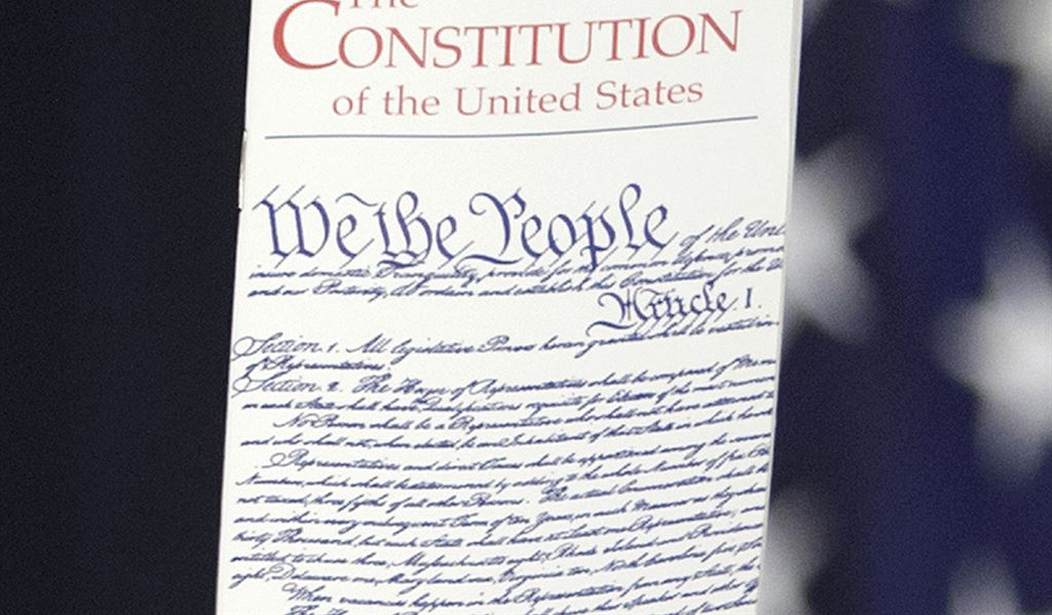


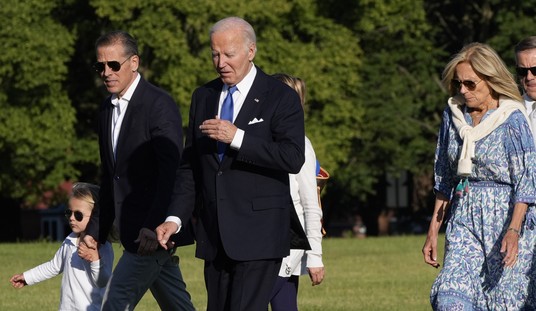
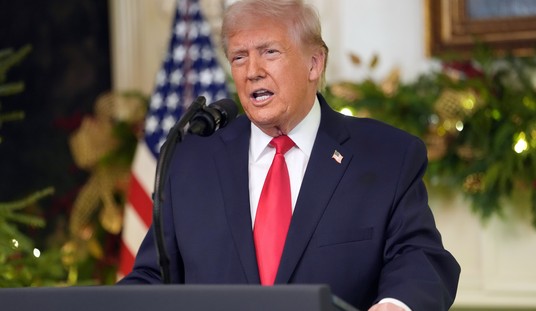




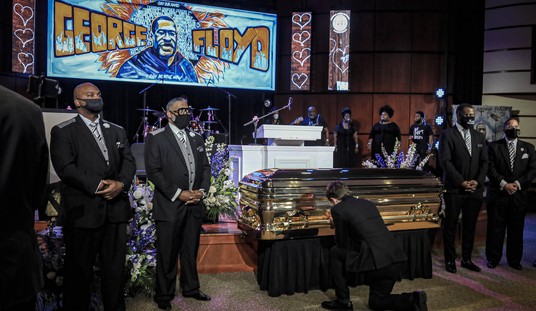
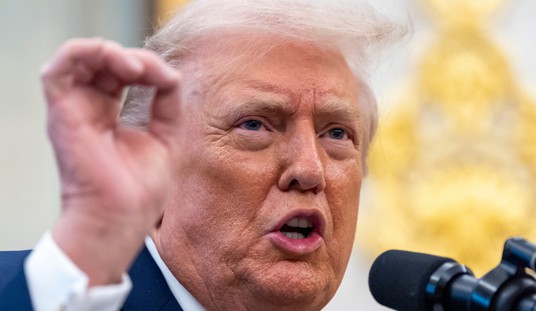



Join the conversation as a VIP Member